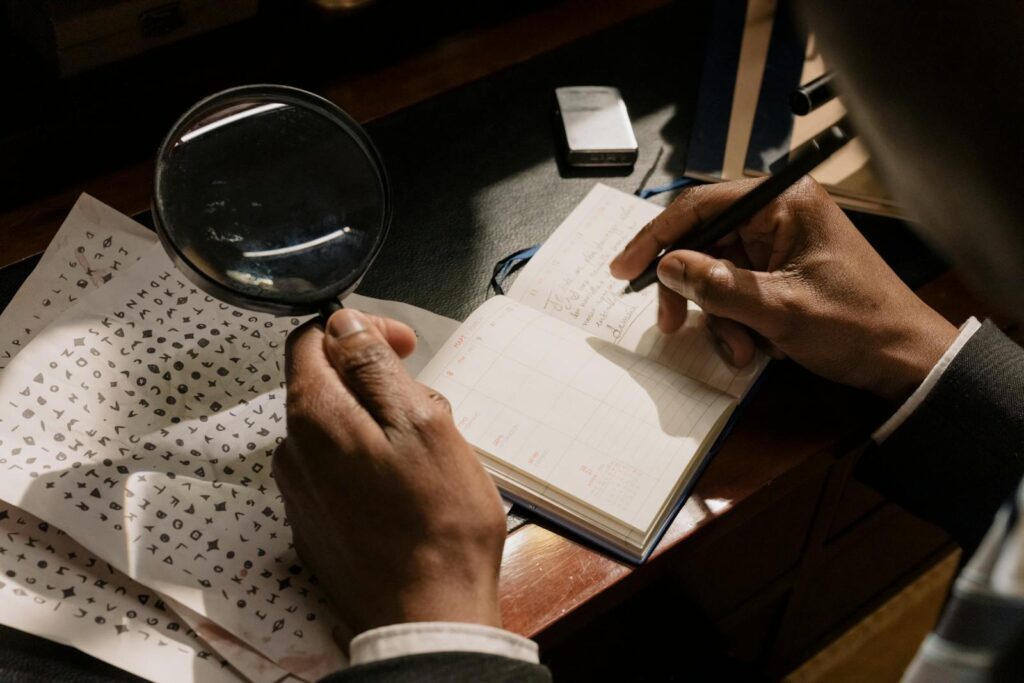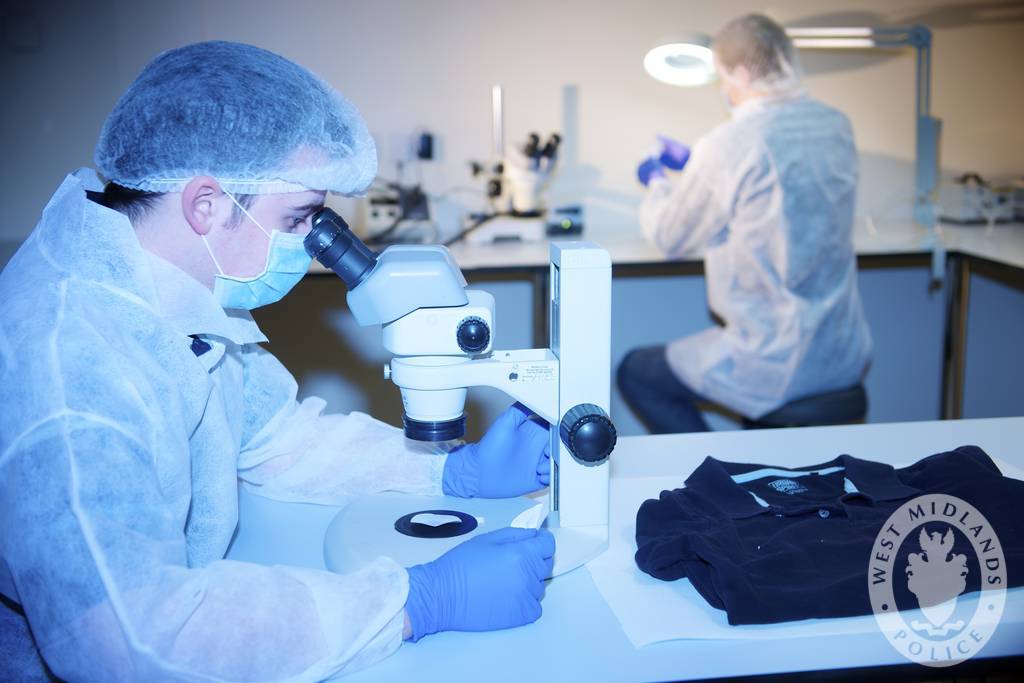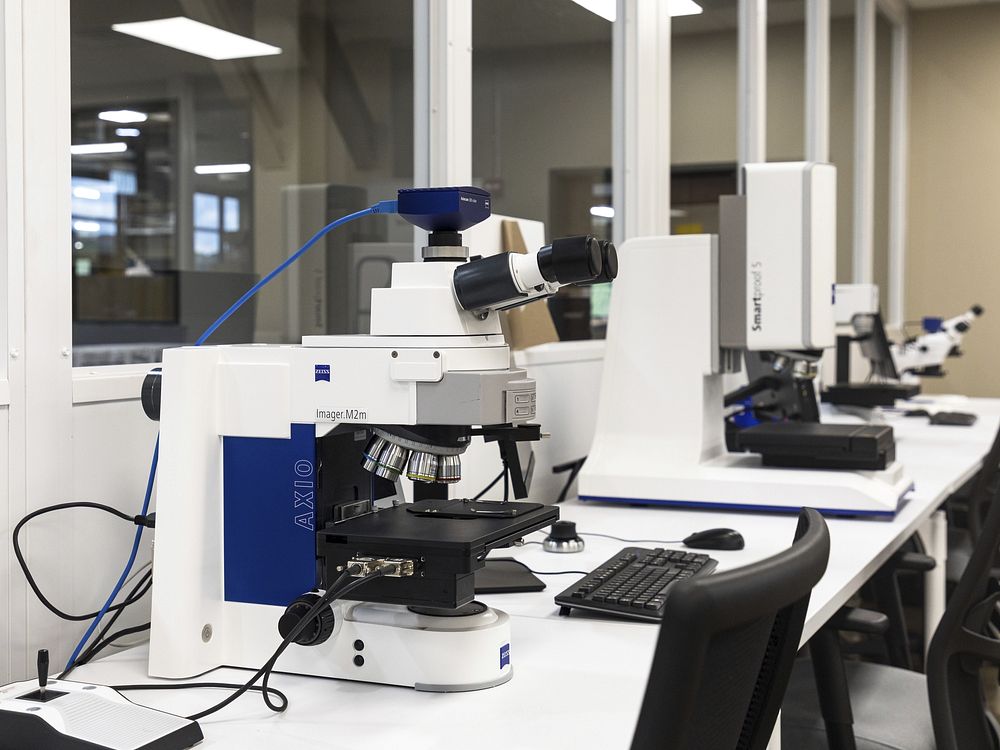Now Reading: Breaking Barriers in Forensic DNA Analysis: From Degraded Samples to Precise Identification
-
01
Breaking Barriers in Forensic DNA Analysis: From Degraded Samples to Precise Identification

Breaking Barriers in Forensic DNA Analysis: From Degraded Samples to Precise Identification
Transforming Forensic DNA Analysis
Third-generation sequencing now enables forensic labs to analyse highly degraded, limited, or mixed DNA samples often found at crime scenes. Traditional PCR and capillary electrophoresis methods have limitations when working with compromised evidence; however, long-read sequencing can resolve complex DNA mixtures, decode rare genetic markers, and reveal new information from aged or fragmented samples. These capabilities significantly improve the resolution and reliability of DNA-based identification, ancestry inference, and kinship testing—all crucial for investigations and legal proceedings.
Broadening Forensic Applications
NGS platforms, such as Illumina MiSeq, FGx, and Thermo Fisher Ion Torrent, now allow thousands of genetic markers to be sequenced simultaneously. This enables the extraction of maximum information from a single assay, thereby shortening turnaround times and enhancing the discrimination power of forensic profiles. Forensic professionals can now routinely analyse autosomal and sex chromosome STRs, mitochondrial DNA, single-nucleotide polymorphisms (SNPs), and microhaplotypes, which assist in body fluid identification, biogeographic ancestry prediction, and even age estimation using epigenetic markers.
Toward Routine Casework
As the cost of these technologies declines and commercial NGS kits gain certification for forensic use, expect more forensic laboratories to adopt long-read sequencing as a daily tool. International collaboration, standardisation, and ethical oversight remain essential in ensuring accuracy, privacy, and public trust as forensic genomics matures. Third-generation sequencing stands poised to set the new benchmark for forensic DNA analysis, helping investigators solve cases with unmatched confidence and rigour.










